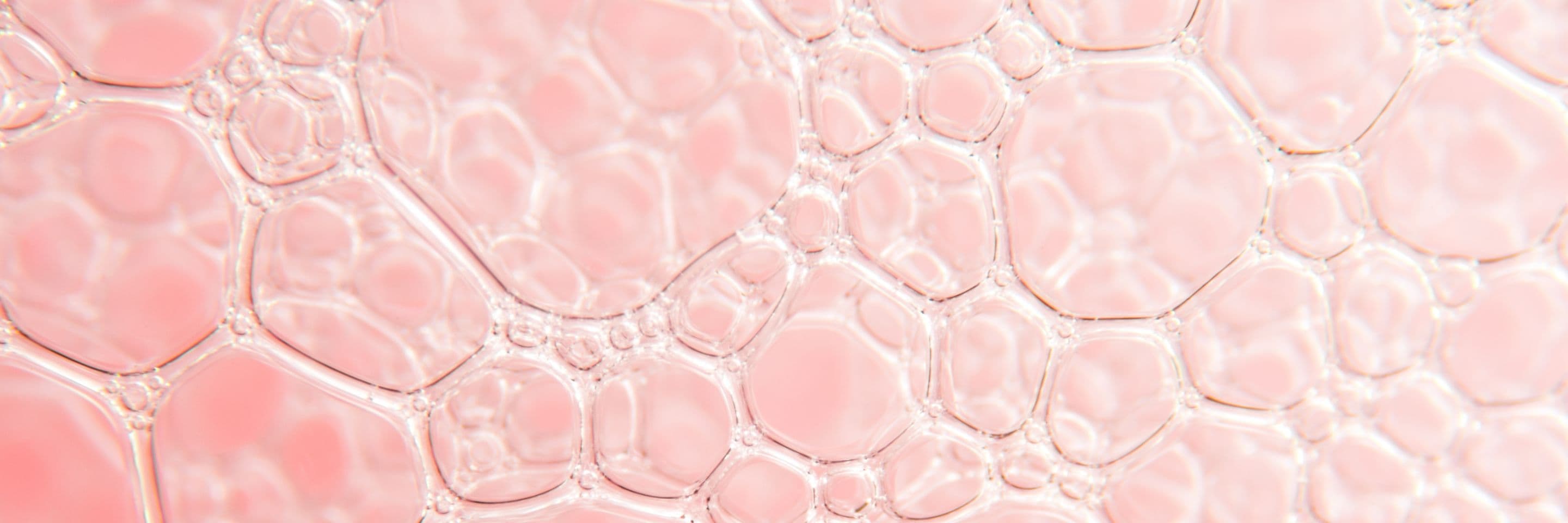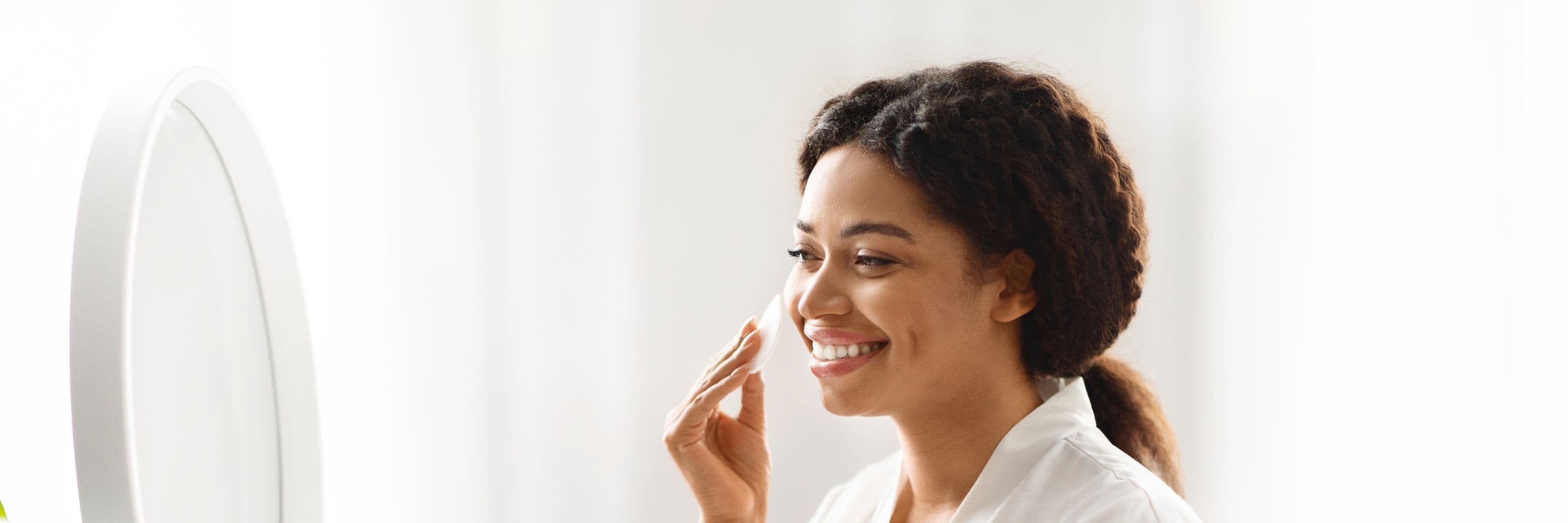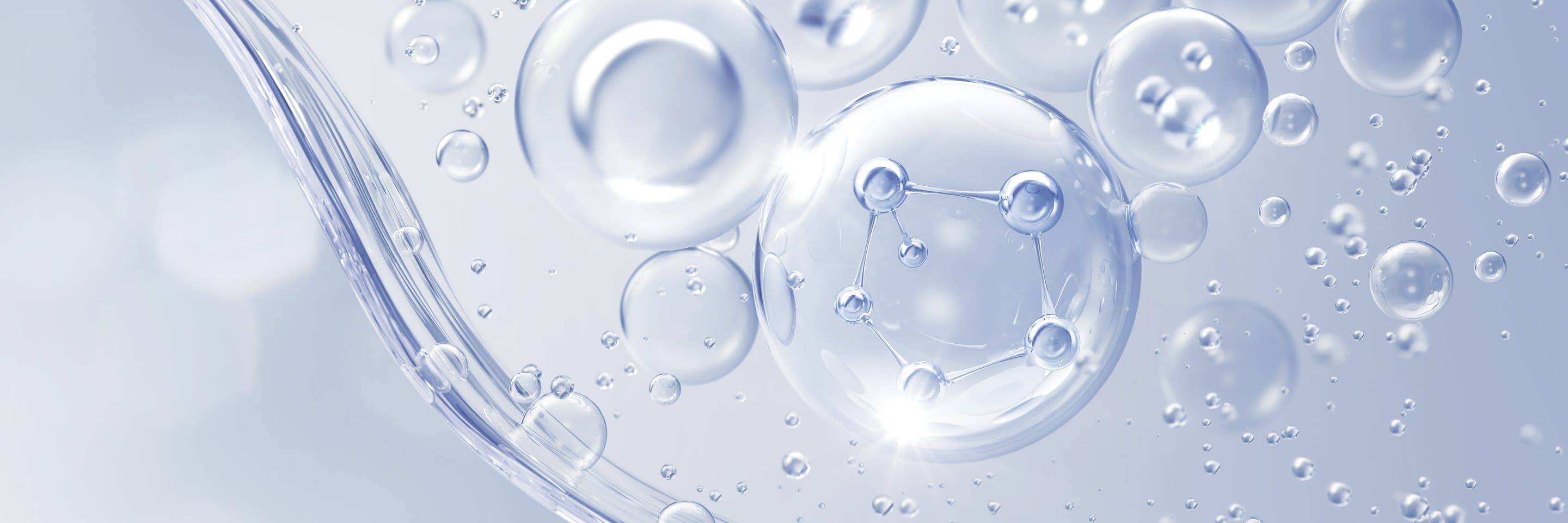Rosacea Relief: Expert Tips for Managing Redness and Inflammation
SJ Riviera
August 31, 2024


Rosacea is a chronic skin condition that causes redness and visible blood vessels in the face. Effective management strategies can help minimize symptoms and improve your quality of life. Here at MyRevea, we understand that this is a condition that can be effectively managed with the right approach and support. Let us delve deeper ways to better understand rosacea, skincare reminders, and more.
Understanding Rosacea
Rosacea is a chronic condition characterized by recurrent episodes of facial flushing, erythema, papules, pustules, and telangiectasia in a symmetrical, facial distribution.
Types of Rosacea: Rosacea can manifest in different ways, including flushing, papules and pustules (similar to acne), rhinophyma (a bulbous nose), and ocular rosacea (affecting the eyes).
Triggers: Identifying your personal triggers is essential for managing rosacea. Common triggers include heat, spicy foods, alcohol, stress, and exposure to sunlight.
Gentle Skincare Routine
While it is important to identify your triggers and what type of rosacea you are experiencing, a gentle skincare routine is crucial for those with rosacea because it helps to minimize irritation, protect the skin barrier, prevent dryness, reduce redness, and avoid triggers. Harsh products can exacerbate redness and inflammation, leading to a flare-up.
Avoid irritants: Steer clear of harsh products containing fragrances, alcohol, and exfoliants that can aggravate your skin.
Sun protection: Wear a broad-spectrum sunscreen with SPF 30 or higher daily to protect your skin from harmful UV rays.
Gentle cleansers: Opt for mild, fragrance-free cleansers that won't strip your skin of its natural oils.
Moisturize regularly: Use a hydrating moisturizer to soothe and protect your skin.
Avoid hot water: Wash your face with lukewarm water to prevent further irritation.
MyRevea offers a calm control serum that targets the root causes of redness, inflammation, irritation, reactivity, and sensitivity. With Rev Tech™’'s advance technology, it is clinically proven to reveal healthier, hydrated, and more radiant skin in just two weeks.
Lifestyle Changes
Lifestyle changes are crucial for managing rosacea because they can help identify triggers, reduce inflammation, protect the skin, improve overall health, and enhance treatment effectiveness. Here are some ways to better manage rosacea:
Stress management: Practice relaxation techniques like meditation, yoga, or deep breathing to reduce stress, which can exacerbate rosacea symptoms.
Dietary adjustments: Some people with rosacea find that avoiding certain foods, such as spicy foods, alcohol, and caffeine, can help manage their symptoms.
Limit heat exposure: Avoid hot showers, saunas, and spicy foods, as these can trigger flushing.
Tips for Managing Rosacea
Be patient: Managing rosacea takes time and patience. Don't get discouraged if you don't see immediate results.
Track triggers: Keep a journal to identify your personal triggers and avoid them whenever possible.
Consult a dermatologist: A dermatologist can provide a proper diagnosis and recommend tailored treatment options.
Avoid harsh products: Stick to gentle, fragrance-free skincare products.
Protect your skin: Shield your skin from the sun and avoid extreme temperatures.
Follow these tips and work closely with your dermatologist to effectively manage rosacea and enjoy a better quality of life. MyRevea offers a comprehensive 1:1 skin assessment that is completely free! This will assist you in comprehending your skin type and identifying the most suitable skincare products for you. Book a call today and remember, patience and consistency are key to achieving long-term improvements!
References
van Zuuren, E. J., Gupta, A. K., Gover, M. D., Graber, M., & Hollis, S. (2007). Systematic review of rosacea treatments. Journal of the American Academy of Dermatology, 56(1), 107–115. https://doi.org/10.1016/j.jaad.2006.04.084


